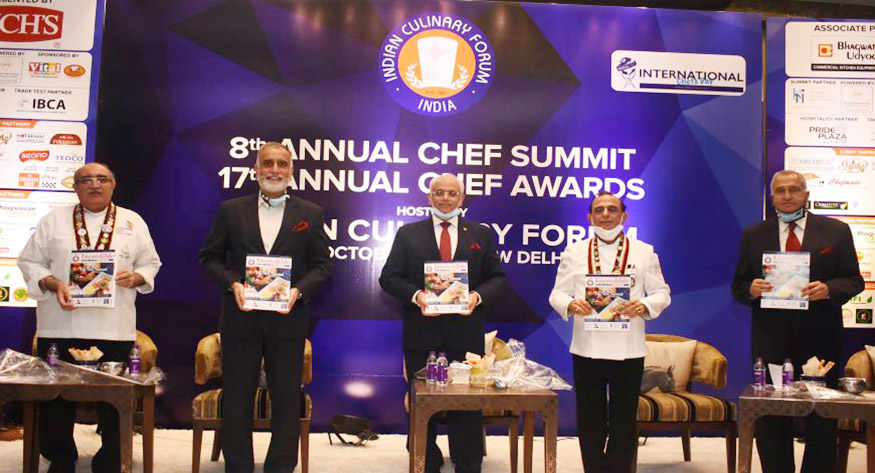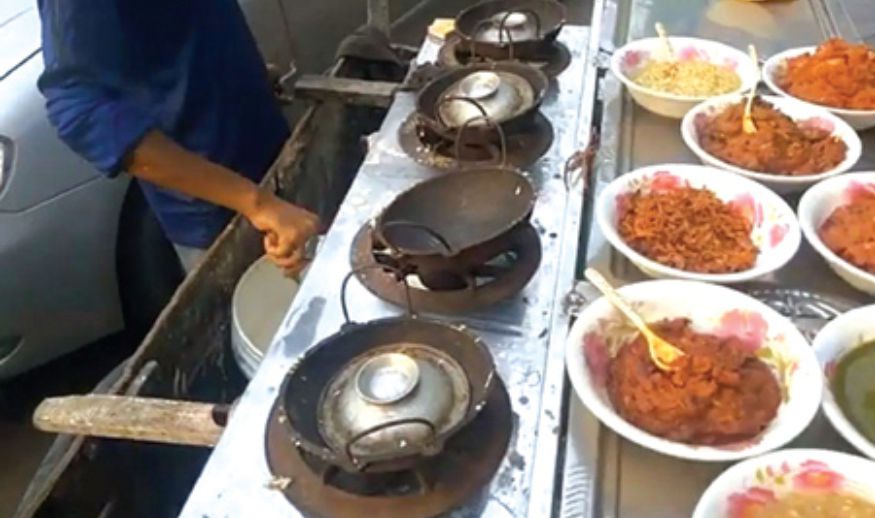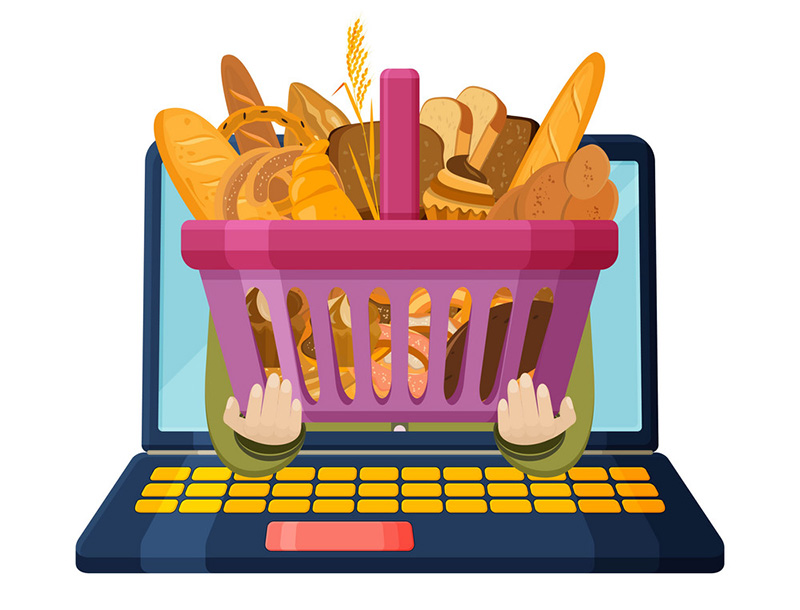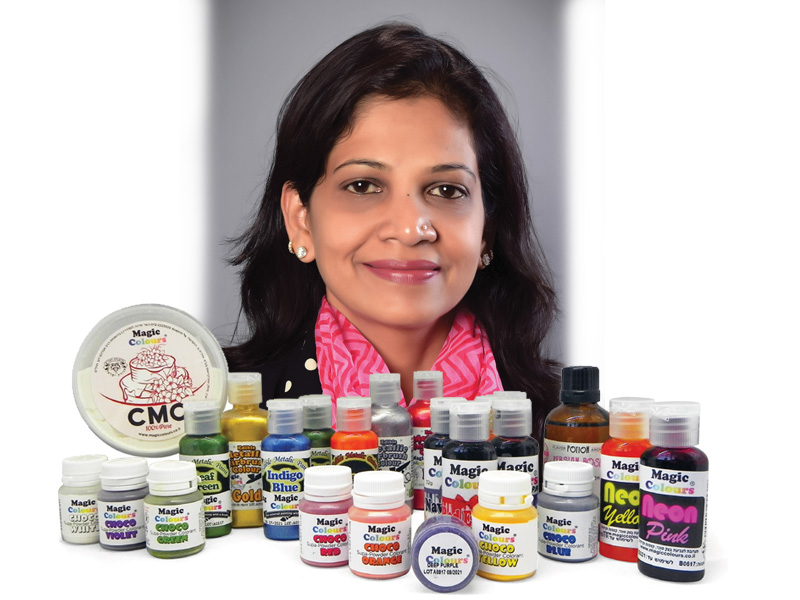Our media today is abuzz with updates, tweets and stories on the latest report released by the Centre for Science and Environment (CSE) about the study conducted by Pollution Monitoring Laboratory (PML) in May-June 2015. CSE collected a diverse varieties of white bread, brown bread, buns, pavs, ready-to-eat pizza bread, ready-to-eat burger breads and other related bakery products from local bakeries, fast food outlets and retail shops in Delhi. Let us have an all-round perspective of this story
Written by: Dr Nilesh S Amritkar, Managing Director, Envirocare Labs Pvt. Ltd. & Anuprita Raichurkar, Technical Executive, Envirocare Labs Pvt. Ltd.
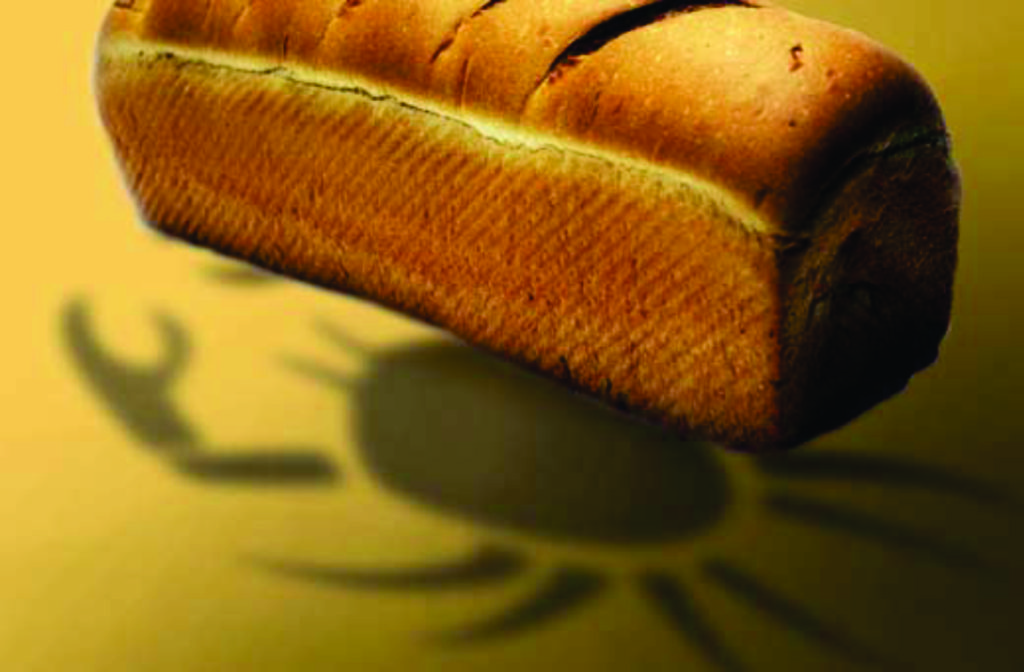
CSE & Media Perspective:
38 samples were collected including some of our most beloved brands such as Britannia, KFC, Domino’s, Pizza Hut, Slice of Italy, Subway and McDonald’s. All of these samples were tested at PML for the presence of Potassium Bromate and Potassium Iodate by using the UV Visible spectrophotometric method. What CSE claims to have discovered in this study is an eye opener, 84 % of these samples tested positive for these flour treatment agents and their concentrations ranged from 1.15 to 22.54 parts per million (ppm).Of all the samples tested white bread, pav, bun and sandwich bread had the highest content.Many of the brands like McDonald’s, Pizza Hut, KFC and Britannia Industries had denied the use of these agents when they were approached by CSE via email, however their samples tested positive.CSE also claims to have sent some of the samples to an external third party laboratory in order to confirm the presence of these residues. This laboratory too claimed to have tested the samples by using another method – the ion chromatography based method, and their results seems to matchthose of PML.To understand more about this study, its significance and repercussions on the food industry let us first get a holistic view of the scenario.
Industry &Scientific Perspective:
The bakery industry uses many ingredients called “flour treatment agents” on a daily basis, Potassium Bromate (KBrO3) and Potassium Iodate (KIO3) too are such agents. When they are added to the flour, these agents oxidise the thiol (R-SH) groups of the gluten proteins to disulphide bridges (S-S) thus giving the bread its elasticity. This enhances the bread’s capacity to retain the carbon dioxide that has been released by the yeast. The bread gets its strong and springy texture due to these oxidising agents. Potassium Bromate also has bleaching properties that give the flour its classic creamy white colour. Owing to such high quality results these agents have been used extensively on a commercial basis. However there are also some concerns associated with these agents. Let us see understand what they are.Potassium Bromate was classified as a probable carcinogen (Class 2B) by the International Agency for Research on Cancer (IARC) in 1999.It has known to induce renal cell tumours, follicular cell tumours and mesotheliomas in rats. Various studies have shown that Potassium Bromate is nephrotoxic in humans. It is also known to cause other health problems such as nausea, abdominal pain, vomiting, diarrhoea, anuria, deafness, hypotension and it deteriorates the nutritional quality of bread by degrading vitamins A,B1,B2,E and Niacin.The use of bromate was allowed because it was assumed that the residues never make it to the final products, however that is not true. One may argue that Potassium Iodate is allowed in salt, then what’s all the fuss about? However, if you see we consume very low levels of salt per day, the level of Potassium Iodate is approximately only 10 ppm. However, the bread consumption is higher than that of salt,the daily intake of iodate in case of bread is five to ten times higher. In fact, the European Food Safety Agency has also stated that excess consumption of iodine can lead to hypothyroidism, hyperthyroidism and other allied disorders. This is why, various National and International regulatory bodies have controlled the level of these dough conditioners.
Indian Regulation Perspective:
The Indian Food Regulatory Authority FSSAI, in Food Safety and Standards (Food Product Standards and Additives) Regulations 2011, Appendix A, Table 1specifies limits for Potassium Bromate and Potassium Iodate in Bread as 50 ppm and in regulation 2.4.2 it specifies Potassium Bromate limit in maida flour as 20 ppm.To align our standards with CODEX, in the recent draft notification of FSSAI (13th October 2015), Potassium Bromate has already been removed from the list of permitted additives. This draft is available on FSSAI website for public comments. The Bureau of Indian Standards (BIS)in IS 1483:1988, specifies the limits for both potassium bromate and iodate in white bread as 50 ppm.
*** The European Food Safety Agency has also stated that excess consumption of iodine can lead to hypothyroidism, hyperthyroidism and other allied disorders. This is why various National and International regulatory bodies have controlled the level of these dough conditioners ***
Laboratory R&D perspective If one looks at the CSE report closely it is observed that the levels of Potassium Bromate and Potassium Iodate are well within the Indian regulatory limits. With strong footing of Science & Technology, our regulations are constantly evolving. FSSAI is proactively getting these regulations evolved based on measurable risks, risks assessment and management. We should consider the fact that the amount of bread consumed in a day by an average Indian is very less as compared to the people from other countries. The key to undertake the risks is ability of the food labs to undertake either qualitative or a quantitative analysis of potassium bromate and iodate. Based on the chemistries involved these additives can be tested by following methods:
l. AOAC Official Method 956.03
2. UV-Visible Spectrometer based method (V.A De Stefanis)
3. Ion Chromatography based method – Journal of Agriculture and Food chemistry
AOAC Official Method 956.03 : The Association of Analytical Chemists, an International organisation developing methods for chemical and microbiological test parameters, specifies both qualitative as well as quantitative methods. The flour sample is sifted through a sieve of suitable size, and spread over a pan.
To this a reagent mixture of KI and HCl is added. The absence of black/purple specks prior to the addition of reagent mixture indicates the presence of these dough conditioners. The quantitative method for Potassium Bromate involves treating the flour sample with ZnSO4 and NaOH. The mixture is then centrifuged and the supernatant is subjected to filtration. The filtrate is treated with suitable reagents and further titrated with KIO3. This result is then corrected with a recovery factor. ThisAOAC approach is a standard and validated method and is thus the preferred method of choice.
UV-Visible Spectrometer based method: This is the method followed by CSE and is based on a research publication. The central portion of the loaf of bread is taken as a sample, powdered and centrifuged with ultrapure deionized water, followed by filtration. This filtrate is then mixed with the promethazine dye along with HCl. The mixture is mixed and further analyzed spectrophotometrically at 515 nm.
Ion Chromatography based method: This method too is again based on some journal publication. The sample is homogenised and then filtered through a 0.25 µ filter. The supernatant is then subjected to anion exchange column chromatography, where these negatively charged bromate and iodate ions are separated and quantified using a supressed conductivity detector. However this method has its limitation due to heavy chloride interference which can mask or erroneously give false results for other halides such as bromate or iodates.
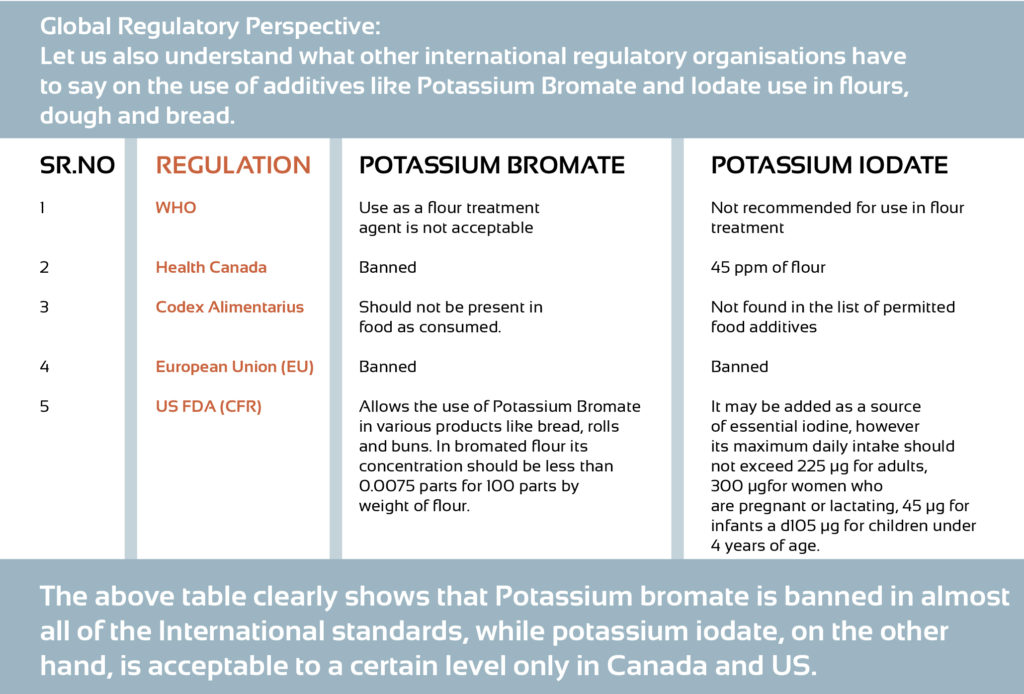
*** We should consider the fact that the amount of bread consumed in a day by an average Indian is very less as compared to the people from other countries. ***
Way Forward:
Nonetheless, since all this talk and the constant media stories have created a sense of fear in the minds of the people, the members of All India Bread Manufacturers Association proactively has decided to withdraw use of these additives in their products. FSSAI too has announced its decision to notify the removal of Potassium Bromate from the list of additives in order to help resolve the confusion. But the true way forward is a proactive deliberations and hand holding between various NGO’s, Scientific Bodies, Food Business Operators, Food Labs and Food Regulators to effectively undertake Risks Assessments and manage these Risks in the larger interest of our countrymen. Thinking beyond TRP’s and a responsible media coupled with responsible actions of all the stake holders will certainly make our Food Safe for all.
*** But the true way forward is a proactive deliberations and hand holding between various NGO’s, Scientific Bodies, Food Business Operators, Food Labs and Food Regulators to effectively undertake Risks Assessments ***
If you have any concerns and test requirements for bromate and iodate in your bakery products, please write to us at info@envirocare.co.in. Envirocare Labs has been in the forefront of analytical testing since past 36 years and has state-of-the-art chemical and microbiological labs which are accredited by NABL under ISO 17025:2005. Envirocare Labs is also recognized by BIS, FSSAI, AGMARK and APEDA to undertake complete testing for Food, Hygiene and Water.


